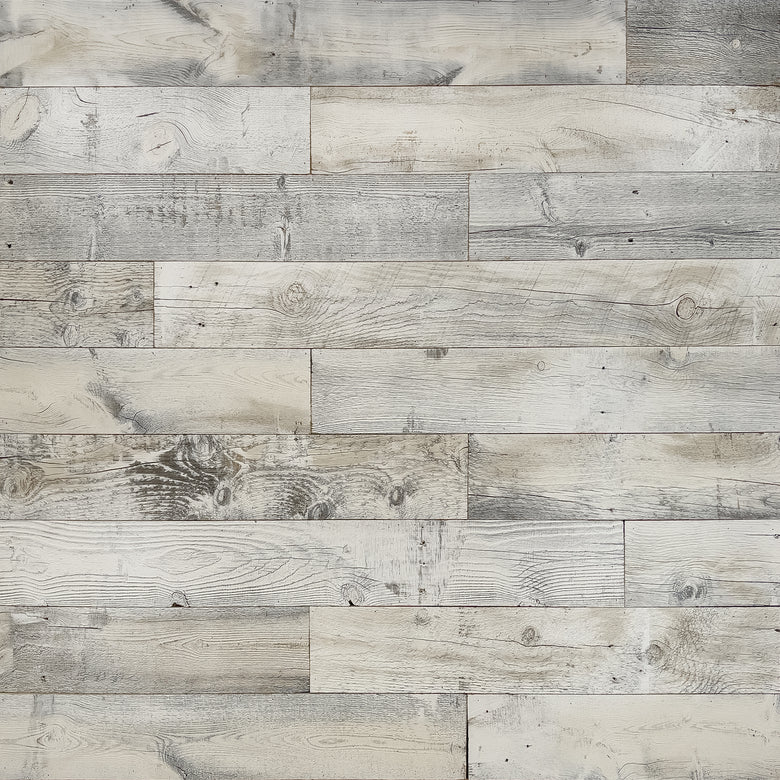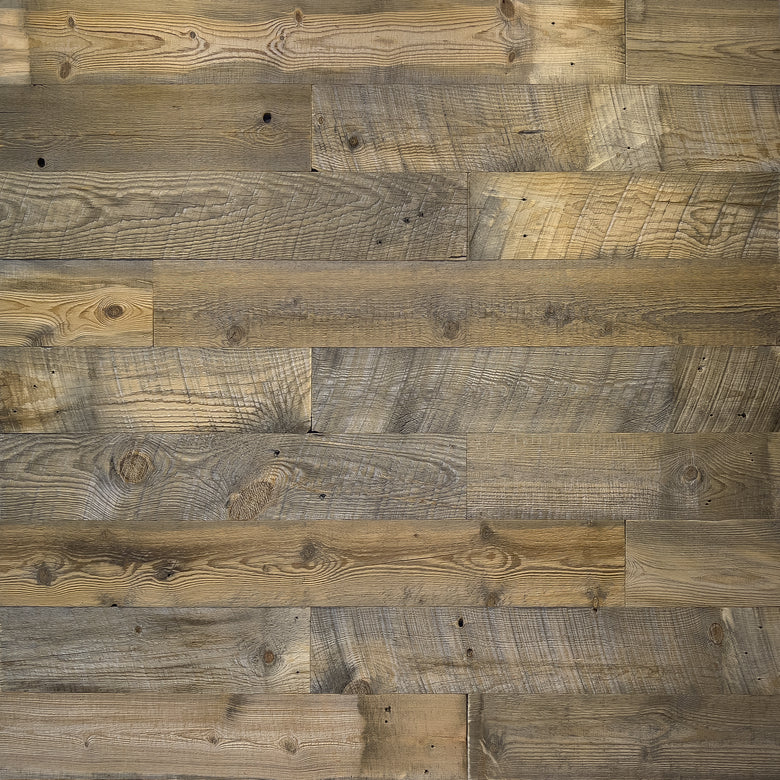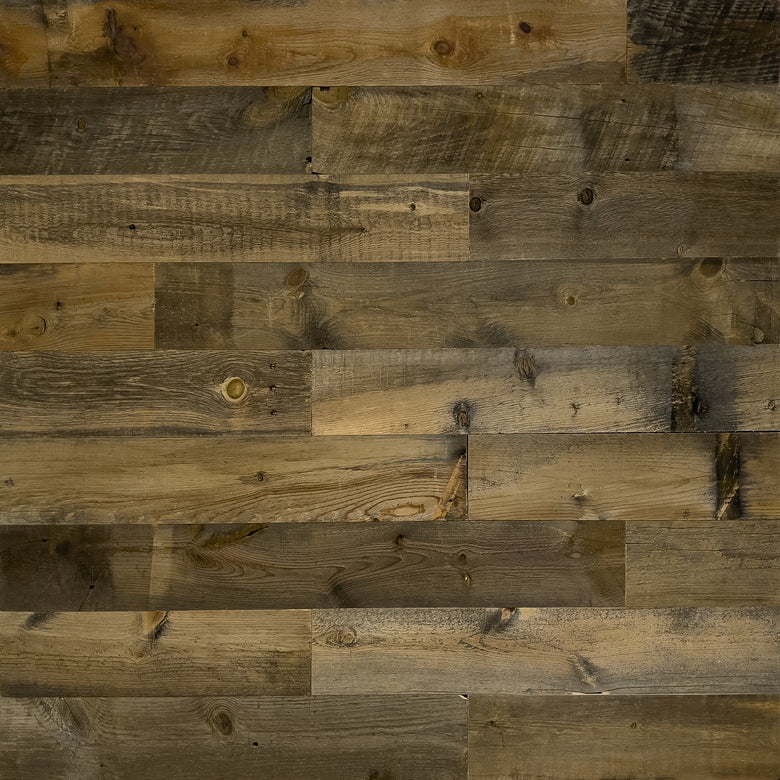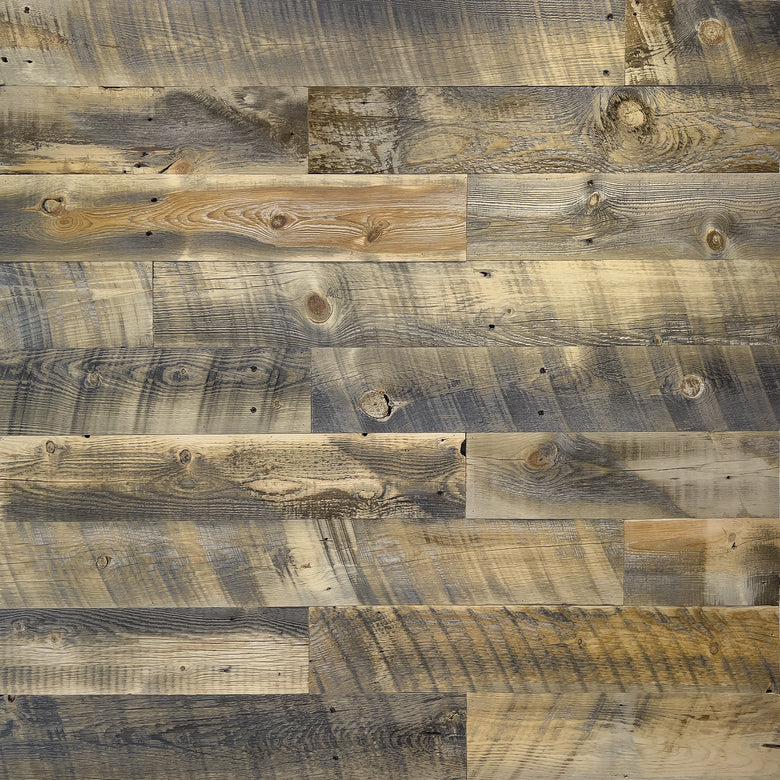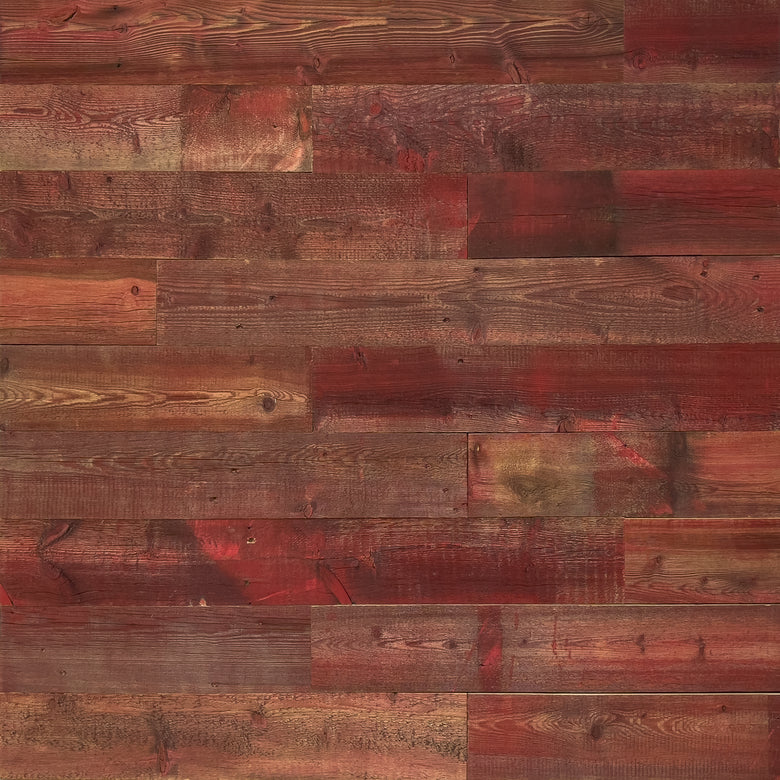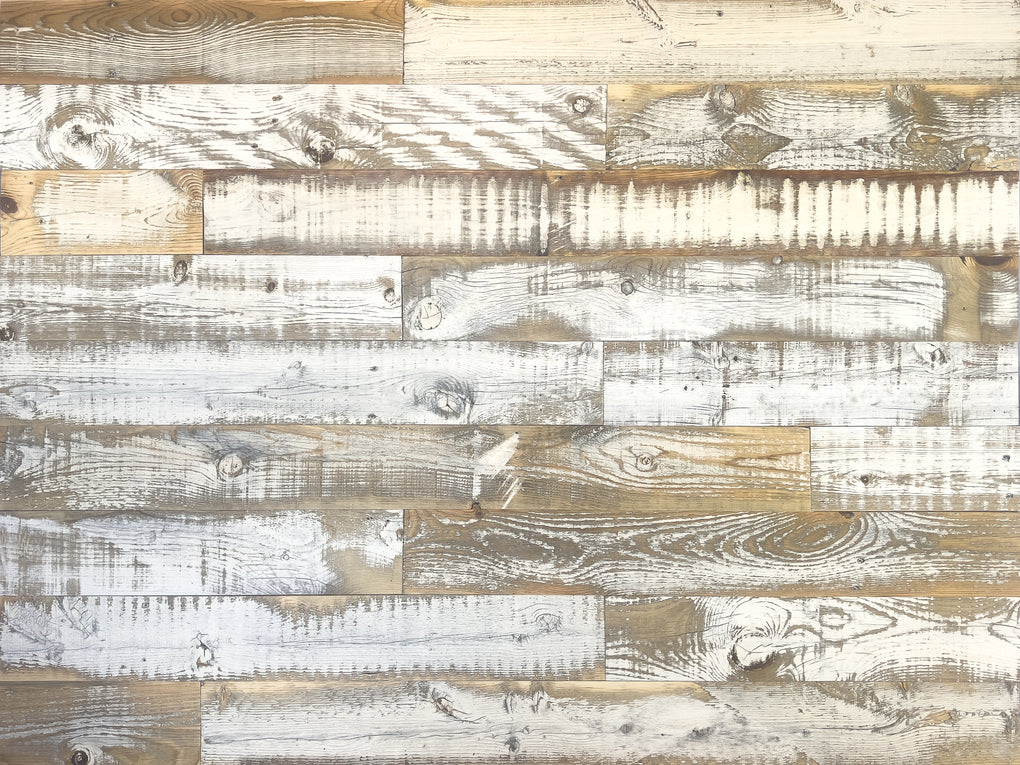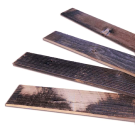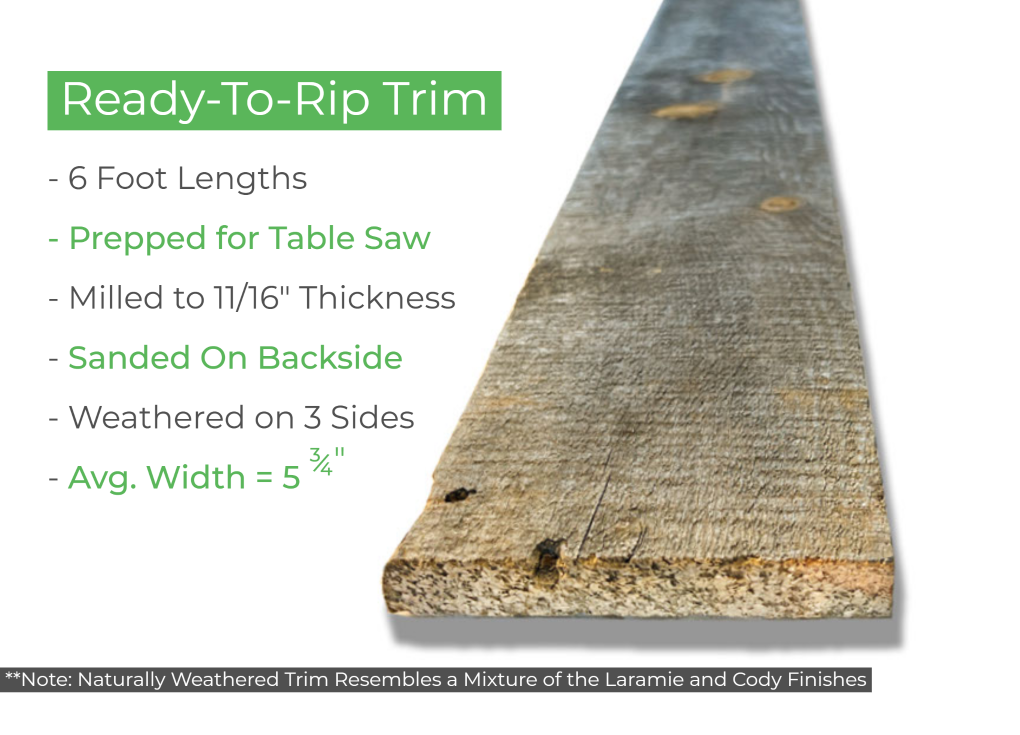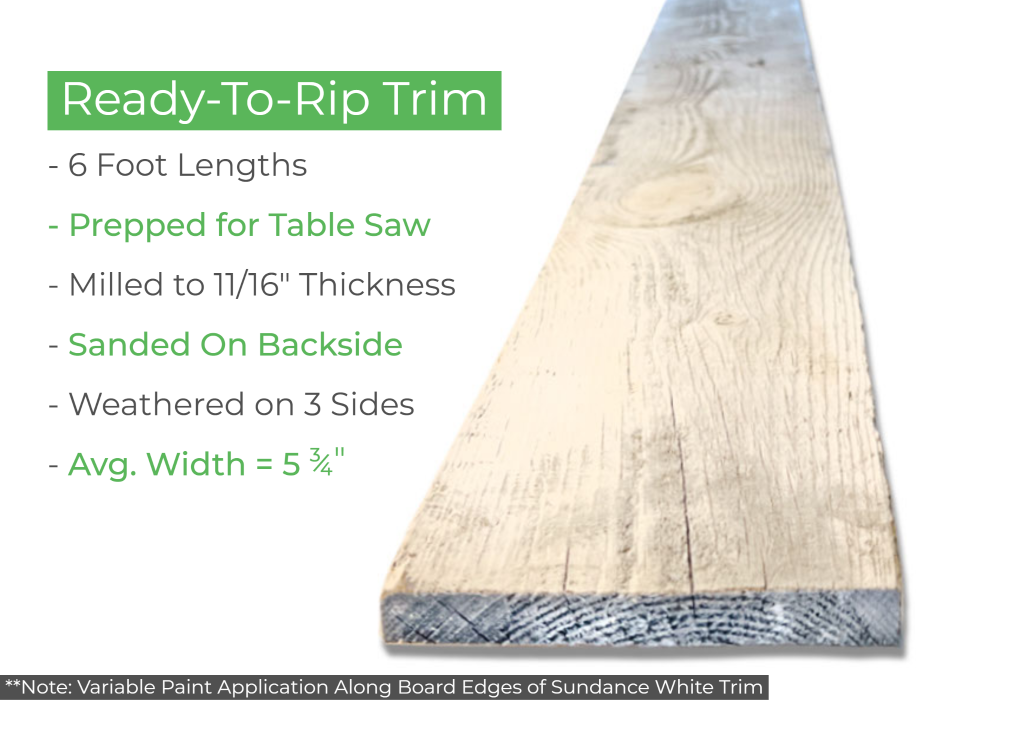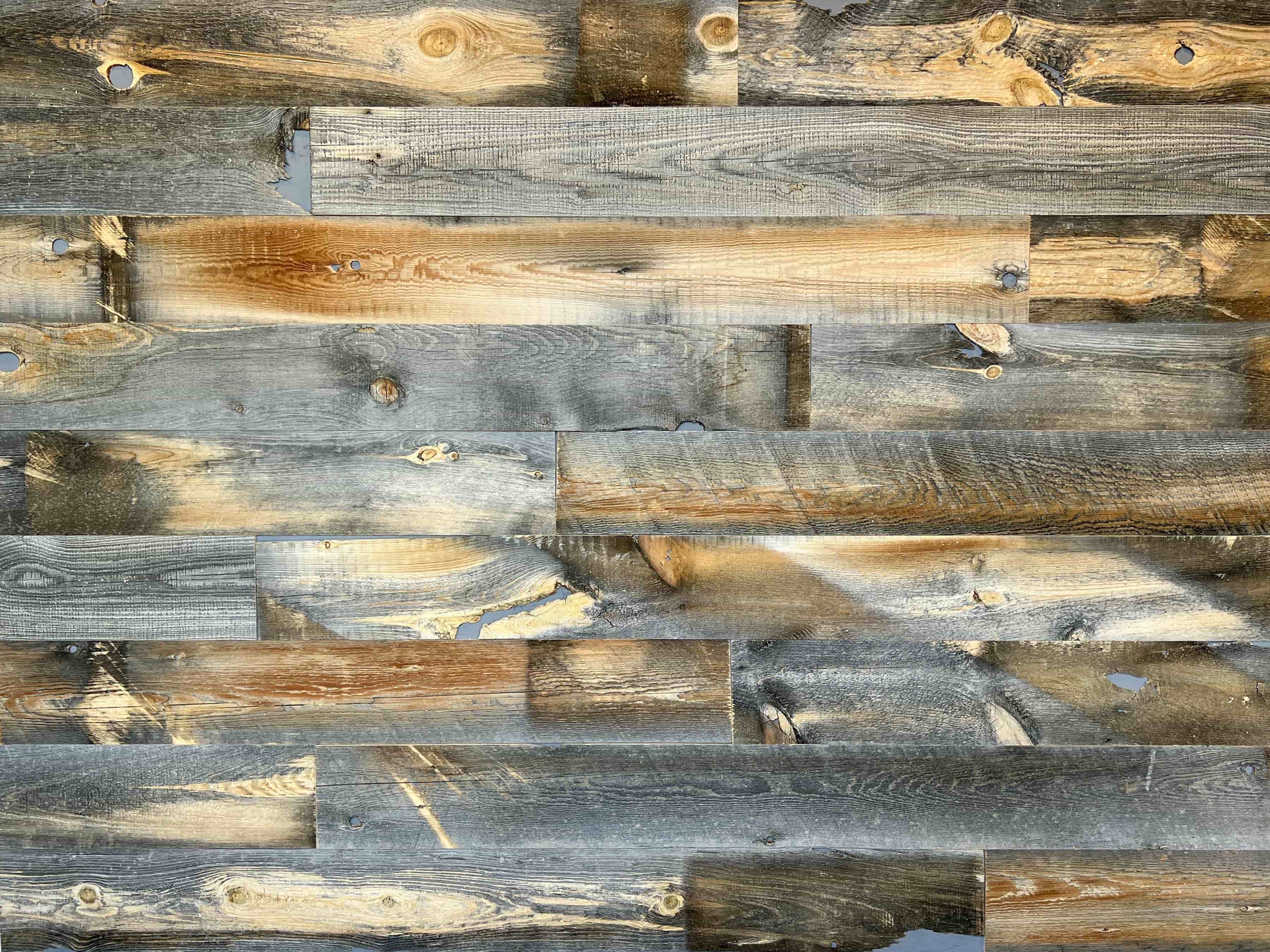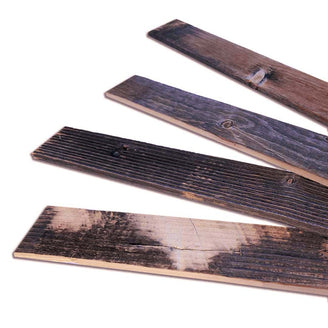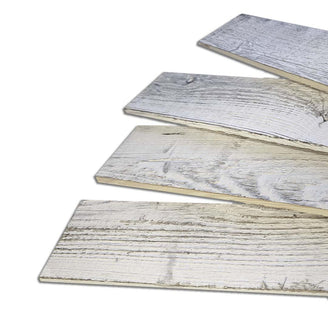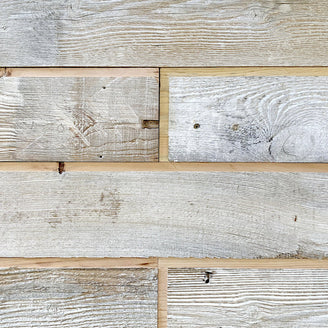Since its introduction in 1999, LEED® has been a leader in promoting green building practices. Its goal is to reduce the impact building materials, and the building industry in general, have on the environment. Some of the global problems it was designed to protect against include pollution of potable water supplies and degradation of forests. Unfortunately, having a LEED certification does not mean that all of the wood used was harvested legally.
Illegal logging is a pervasive problem world-wide. It can include harvesting protected species, cutting more wood than permitted from a given area, harvesting wood from preserves, failure to pay the proper fees and taxes on lumber, cutting wood on private property or stealing lumber from its proper owners, and even introducing radioactive lumber into a continental supply chain!
These actions can cause enormous damage to forests and the vital habitats they provide for numerous species of wildlife. It’s also damaging to local economies that might depend on legally harvested wood for their survival. Illegal harvesting on a large enough scale can even impact an entire producer country’s economy.


